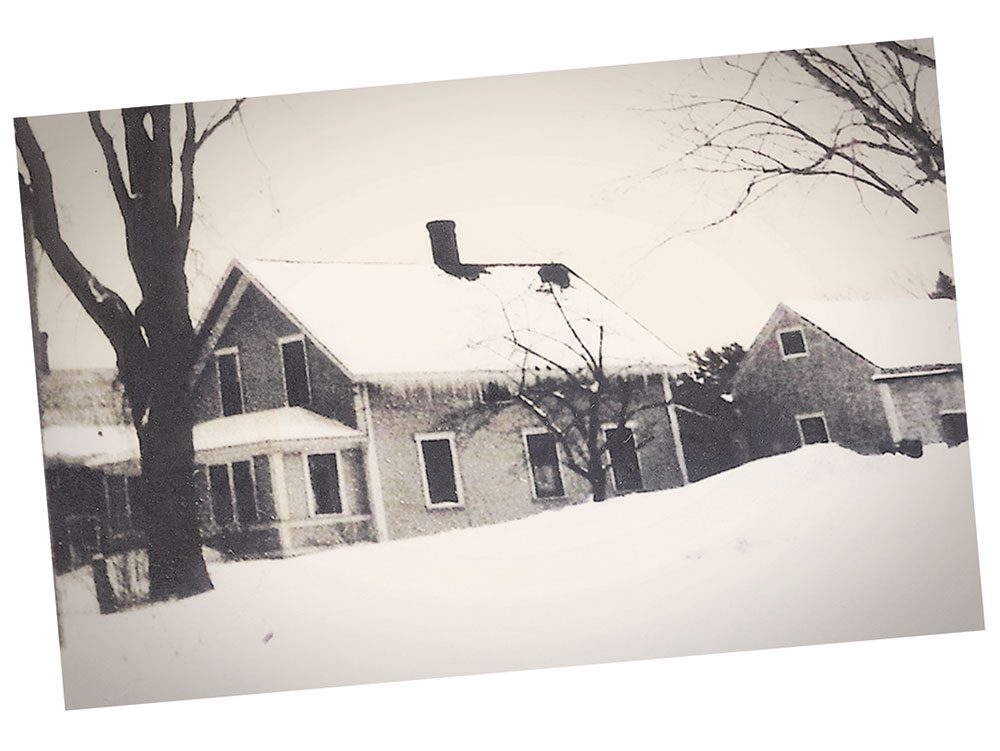Welcome to Oromocto, New Brunswick: Canada’s Model Town
The tiny town of Oromocto, New Brunswick, boasts a long a proud history.

In 1925 my parents Jack and Hazel Kimball moved into the house pictured above in Oromocto, New Brunswick, with two children, Leslie, eight, and Kathleen (me), four. Two years later, another girl, Geraldine, arrived.
Back when I was young, Oromocto was a quiet little village with a population of about 660 people. Approximately 85 buildings made up the village then, including four churches, two one-room schools, three general stores, a post office and a lumber mill, as well as a record office, two candy stores, a railroad station and two blacksmith shops.
Of those original buildings, only about 18 are still standing today, but five of those were built by my father Jack and his father, Martin Kimball.
The village went through many changes in the 1950s when CFB Gagetown, the largest land-manoeuvres training area in the Commonwealth, was established on its borders.
When the town expanded to provide for the influx of military personnel, Oromocto became known as “Canada’s Model Town.” The local economy did well as it serviced and supplied the military base.
Oromocto is also home to the New Brunswick Military History Museum where, as its website states, you can “discover the stories of triumph and sacrifice of New Brunswickers at war and in peacetime dating back to the early 1600s.” The museum was first established as the CFB Gagetown Military Museum in 1973. It proudly showcases the rich military history of New Brunswick and allows visitors the chance to step back in time and discover their past.
Fascinating facts about Oromocto, New Brunswick:
- The word Oromocto has its origin from the Aboriginal word welamooktook, meaning “deep river for navigation
by canoe.” - The town’s tartan has many colours that represent its history:
- Blue and white: Represents the St. John & Oromocto Rivers, which were used by Indigenous Peoples and early settlers.
- Red and gold: Symbolizes British and military influences.
- Brown: Represents early logging and the shipbuilding Industry.
- Black: Represents early military history and the first families to settle in the area.
- Sgt. J. Montminy composed and arranged a song for the newly formed Town of Oromocto, titled “This Model Town.” Source: The Town of Oromocto website.
For another fascinating slice of small-town New Brunswick, check out the story of Harvey Station, N.B.



